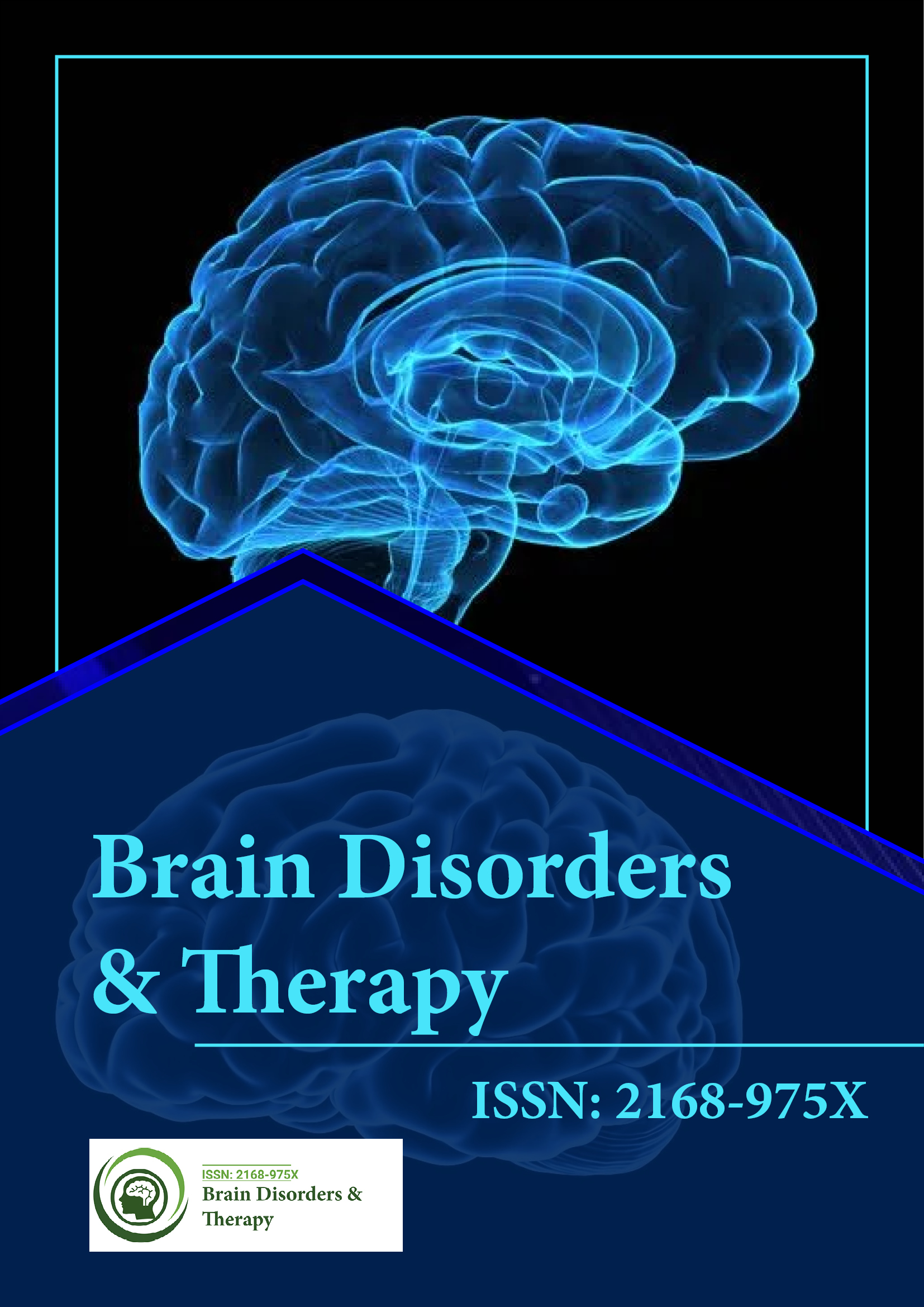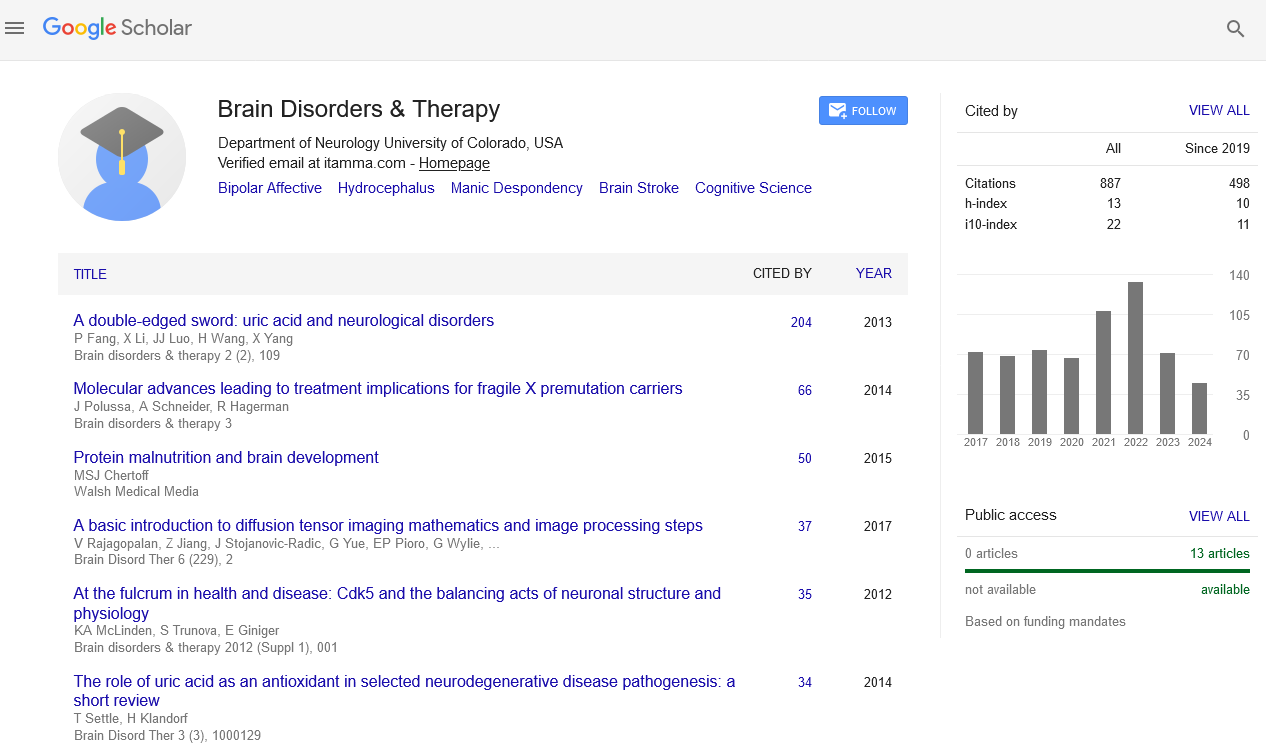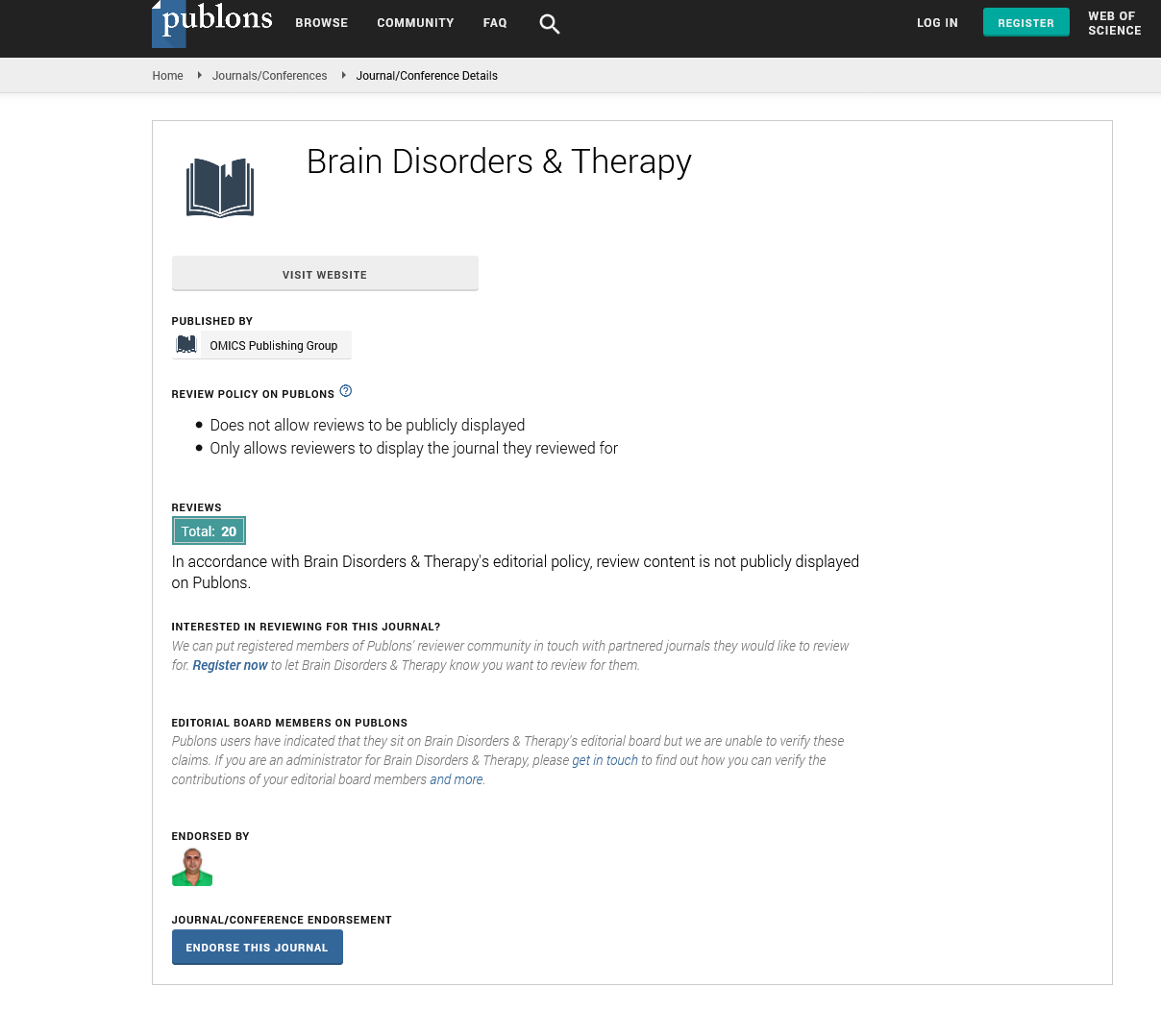Indexed In
- Open J Gate
- Genamics JournalSeek
- JournalTOCs
- RefSeek
- Hamdard University
- EBSCO A-Z
- OCLC- WorldCat
- Publons
- Geneva Foundation for Medical Education and Research
Useful Links
Share This Page
Journal Flyer

Open Access Journals
- Agri and Aquaculture
- Biochemistry
- Bioinformatics & Systems Biology
- Business & Management
- Chemistry
- Clinical Sciences
- Engineering
- Food & Nutrition
- General Science
- Genetics & Molecular Biology
- Immunology & Microbiology
- Medical Sciences
- Neuroscience & Psychology
- Nursing & Health Care
- Pharmaceutical Sciences
Behavior, MRI features and ultrastructural bases of the autism like-disorders induced in rats by prenatally exposed to sodium valproate
5th International Conference on Brain Disorders and Therapeutics
November 29-30, 2017 | Madrid, Spain
Vlad-Alexandru Toma, Alexandru Farcasanu, Alexandra Sevastre Berghian, Lucian Barbu Tudoran, Septimiu Tripon, Bogdan Sevastre, Anca Farcas, Ioana Roman, Simion Simon and Marcel Parvu
Babes-Bolyai University, Romania
Institute of Biological Research Cluj, Romania
Babes-Bolyai University, Romania
Iuliu Hasieganu University of Medicine and Pharmacy, Romania
University of Agricultural Sciences and Veterinary Medicine of Cluj-Napoca, Romania
Posters & Accepted Abstracts: Brain Disord Ther
Abstract:
In humans, several case studies and retrospective reports indicate that the exposure to antiepileptic drugs in mothers may be associated with an increased risk of ASD in offspring. A clinical link between valproic acid (VPA) and autism was revealed in children in utero exposed to VPA, by examining the phenotypic abnormalities of the face and other developmental disabilities (Fetal Valproate Syndrome). Nevertheless, the interventional therapies address only the symptoms of autistic children. Based on these research data we could contribute to understanding neurobiological mechanisms of ASD along embryo-fetal and postnatal development. This desiderate may be solved by using experimental models of ASD such as valproic acid-induced autistic pathology in laboratory rats. Valproic acid sodium salt (valproate) was administrated of a single dose (600 mg/kg) in E12.5 in pregnant rat females. In this research we presented data just from PN15 (day 15 postnatal), ultrastructure of the frontal cortex, amygdala and hippocampus, MRI evaluation in terms of normal/abnormal anatomy and behavior tests (elevated plus maze ├?┬ó├?┬?├?┬? EPM and open filed test - OFT). The results reveal three main experimental evidences: (i) anxiety-like behavior is present even in PN day 15, VPA also induce decreasing in the exploratory behavior, (ii) hyperconnectivity is not just in the frontal cortex but also in hippocampal CA3 field and amygdalar neurons are with increased number of the axons and (iii) MRI evaluation demonstrates decreasing of the total cerebral volume after in utero VPA exposure and also, a lateral flattening of the brain after VPA treatment.
Biography :
Vlad-Alexandru Toma will complete his PhD in Biology, in 2018, from Babes-Bolyai University, Cluj-Napoca, Romania. Until now, he has worked in blood substitutes derived from hemoglobin and other oxygen transport proteins and its redox properties as well as on neuropsychological stress mechanisms related to CA3 hippocampal field. He is coordinator of College for Advanced Performance Studies, an interdisciplinary research college for Babe╚?-Bolyai Univeristy students. He has published 8 papers in reputed journals (eg. PLoS One, Brain Research Bulletin, Oxidative Medicine and Cellular Longevity) about oxidative stress, hemoglobin and brain impairments. During Master studies, he received two international research fellowships from World Federation of Scientist and DAAD Germany.


